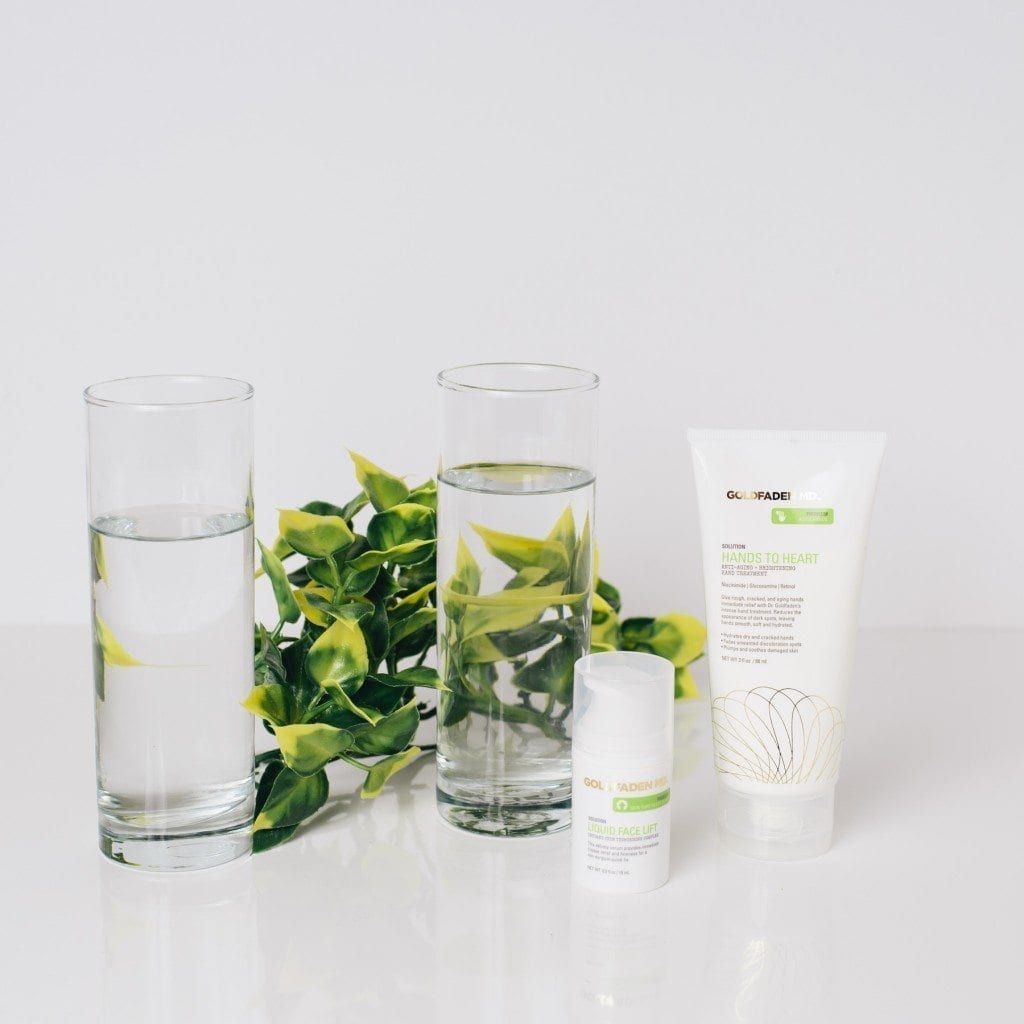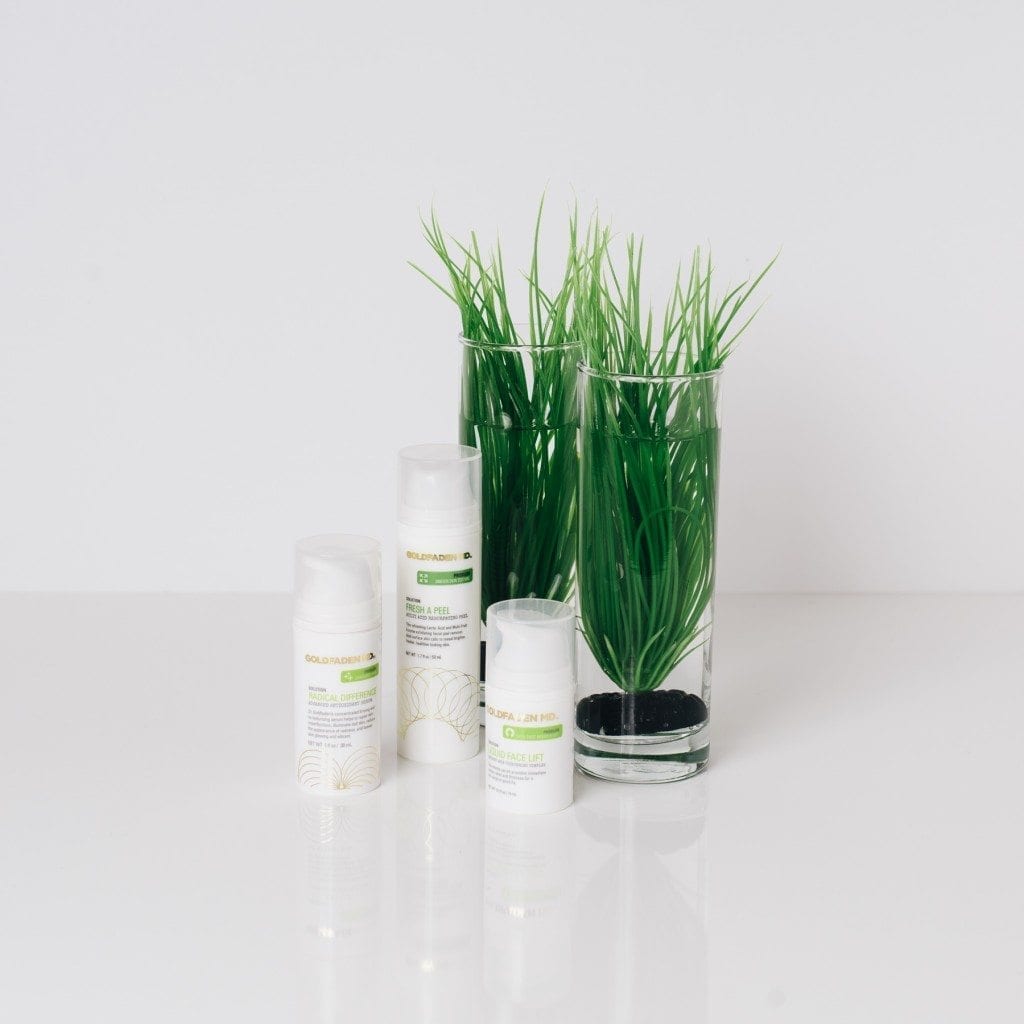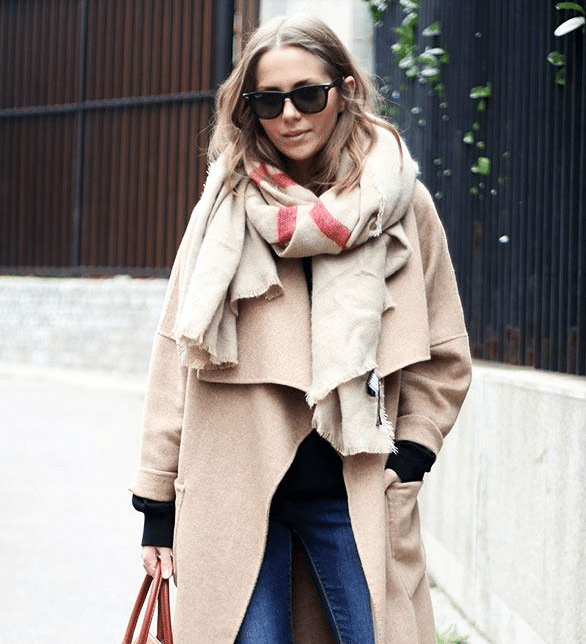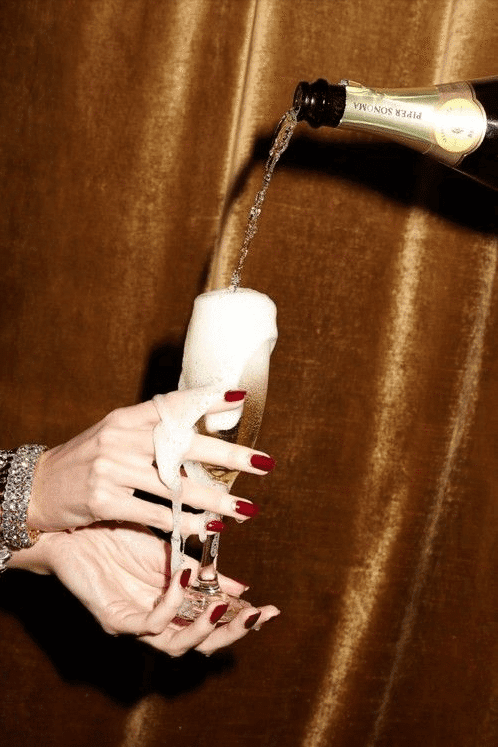We all know that plant-based diets are essential to maintaining glowing and supple skin, so it’s no surprise that our skincare regimens include a botanical garden of ingredients that promote a flawless, younger-looking complexion. There is a new crop of Spring ingredients that pack a punch when it comes to the skincare benefits they have to offer. Here are five to look out for.
This cold-pressed oil, extracted from the seeds of the fruits of any of the 9 species of Adansonia on the planet. These trees have a thick trunk which is usually thickest in the middle. Of all the species, the Adansonia grandidieri trees look the most picturesque. These trees store water in their trunks and are able to survive years of drought. They also live upto thousands of years.
It is unique among plant oils for its high concentration of Vitamins A, C, E and F. The vitamin A found in Baobab Oil helps produce smoother, younger-looking skin through its ability to fight aging, boost cell regeneration, and promote collagen and elastin growth. Baobab Oil is also a very plentiful source of highly bioavailable vitamin C that fights age-causing free radicals and improves the structural support and resiliency of your skin. Additionally, Baobab Oil has a high content of unsaturated essential fatty acids, especially linoleic and linolenic. These are called “essential” because your body is not able to produce them naturally. They’re important to the nourishment and maintenance of healthy skin because of their capacity to help heal and speed up cell regeneration. Vitamin F is an antibacterial promoting vitamin that works to reduce any surface layers of bacteria. Baobab Oil is a non-irritating and an excellent tissue hydrator.
Various Algae and Seaweed Extracts contain an extraordinary wealth of mineral elements that it draws from the sea which account for nearly 36% of its dry mass. These health-promoting minerals include sodium, calcium, magnesium, potassium, chlorine, sulfur and phosphorus and the micronutrients include iodine, iron, zinc, copper, selenium, molybdenum, fluoride, manganese, boron, nickel and cobalt. Because of its high iodine and sulfur content, Algae and seaweed extracts have outstanding anti-inflammatory, and disinfectant properties, soothing and tightening benefits for the skin.
The truth is that red tea is not actually a tea at all. Unlike green, black and white teas which come from the leaves of Camellia sinensis, red tea (or rooibos) is made from the oxidized and dried leaves of the Aspalathis linearis plant that only grows in one spot on Earth— a tiny, mountainous region of South Africa in Western Cape Province. For centuries this extraordinary herb has been used by the native South African tribes as a natural remedy to alleviate all kinds of ailments ranging from infantile colic and allergies to asthma and skin problems.
The most important therapeutic aspect of red tea is undoubtedly its powerful antioxidant capacity. Red tea contains some of the most potent natural antioxidants known for protecting your skin from the free radical damage that can cause aging. These include vitamins C, E and beta-carotene. Red tea is known to possess 50 times the antioxidant capacity of green tea due to a high concentration of a special enzyme called superoxide dismutase (SOD for short), a major scavenger of free radicals. The combination of these natural vitamins and enzymes found in red tea aids in promoting new skin health after the removal of dead and damaged cells, giving your skin a smoother, brighter, and healthier appearance. In addition, red tea also contains a number of powerful polyphenols and flavonoids that help heal and rejuvenate the skin.
Blackberries: A Restorer of Even Skin Tone
Besides being rich in antioxidants that assist in the repair and conditioning of your skin, blackberry extract also contains kojic acid and alpha arbutin. These unique plant compounds are natural skin lightening agents that have a proven ability to brighten skin tone and reduce the appearance of unwanted hyperpigmentation such as age spots and freckles caused by the sun. In cultures outside the Western world where the ideal of female beauty is very fair and even-toned skin, many women, particularly in the Philippines and the Far East, have long used kojic acid and alpha arbutin to give them fairer complexions.
Nicotinamide (also called niacinamide):
You’ll find excellent natural sources of vitamin B3 in many foods such as tuna, chicken, turkey, asparagus and romaine lettuce. As an ingredient in skin care formulas, however, vitamin B3 appears in just two main forms: nicotinic acid (also known as niacin) and nicotinamide (also called niacinamide). Both of these function very much alike as vitamins and, in fact, nicotinic acid must first be converted into nicotinamide by your body before it can be used. Nicotinamide is an essential element in the creation of two important enzymes (NADH and NADPH) that play a central role in both cellular energy production and the formation of skin lipids. It’s well known that certain lipids such as fatty acids and ceramide are critical for maintaining the structural and functional integrity of your stratum corneum which, in turn, directly affects your skin hydration, softness and suppleness.

 Baobab Oil:
Baobab Oil:

